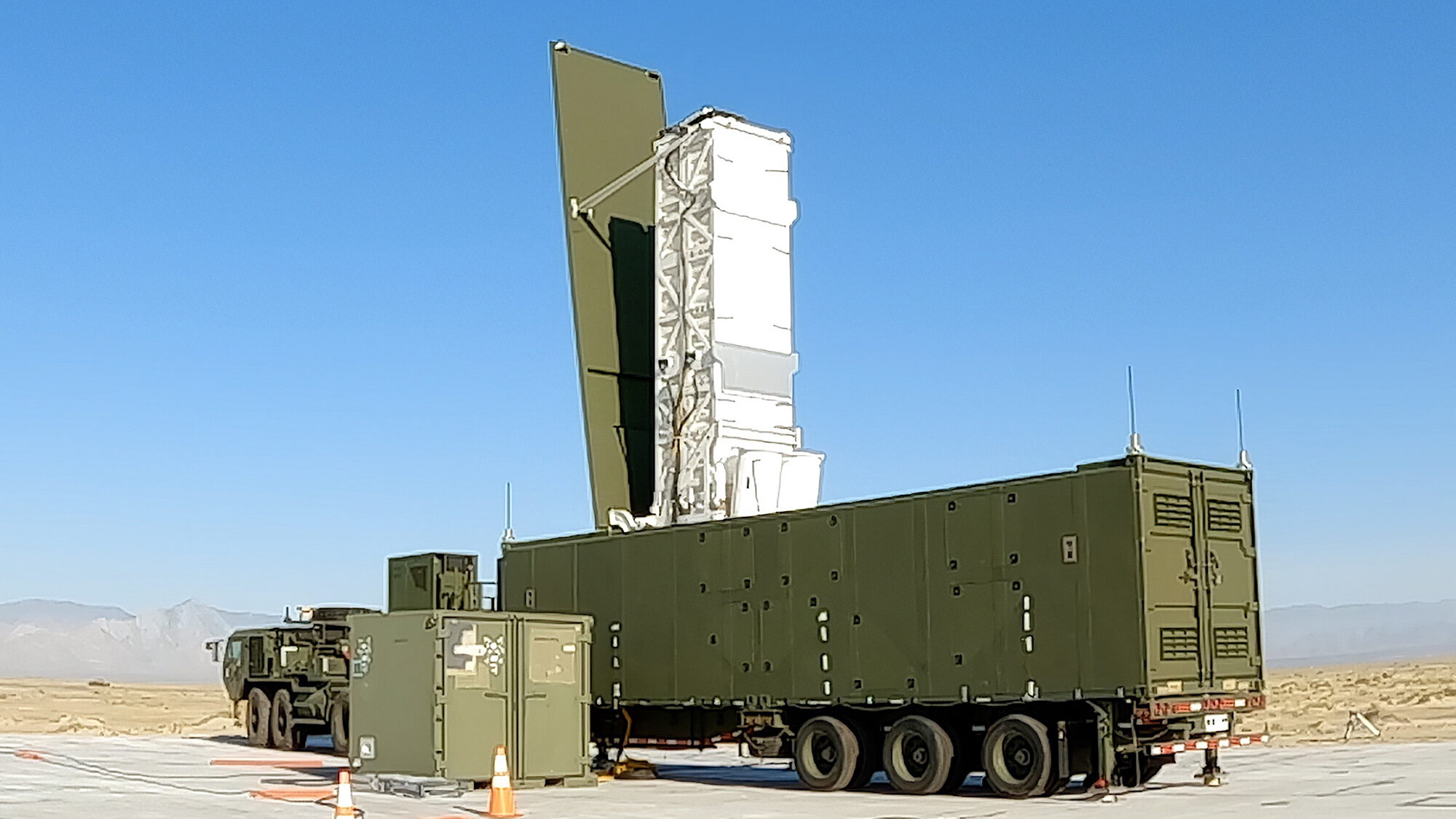
The Army plans to deploy its first Mid-Range Capability, or Typhon, to the Indo-Pacific region next year. (US Army)
HALIFAX — The US Army plans to deploy its new Mid-Range Capability (MRC) long-range launcher in the Indo-Pacific next year, according to a four-star general.
Also known as Typhon, the service designed the land-based system to launch Raytheon’s existing SM-6 missiles and Tomahawk cruise missiles to hit targets between the Precision Strike Missile’s (PrSM’s) planned 500-kilometer range and the 2,776-kilometer reach of the future Long-Range Hypersonic Weapon (LRHW).
“We have tested [Typhon] and we have a battery, or two of them today,” US Army Pacific commander Gen. Charles Flynn told reporters at the Halifax International Security Forum today.
“In ‘24, we intend to deploy that system in the region,” he added. “I’m not going to say where and when, but I will just say that we will deploy them in the region.”
Flynn did not disclose if Washington struck a deal with a foreign government to place the new weapon on its soil or if Typon would instead be heading to Guam, a US territory. However, he expressly said the weapon will not be deployed on the continental US, ruling out placing it somewhere on the West Coast.
Getting Typhon out into the field is a major milestone for the Army, which has made expanding the reach of its precision fires a focus in recent years. But it is just one of a trio of long-range strike options Flynn is hoping to see in the region in the near future.
PrSM is a new munition Lockheed Martin is developing and testing for the service’s M142 High Mobility Artillery Rocket System (HIMARS) and the M270A2 Multiple Launch Rocket System (MLRS).
Earlier this week the Army said it is one step closer to fielding it following a “successful” short-range test at White Sands Missile Range in New Mexico.
“Preliminary results from the test show the Precision Strike Missile Increment 1 missile performed nominally in terms of predicted flight trajectory, lethality, near-vertical engagement angle, and height of burst,” the service stated. “A final flight test report is anticipated in December 2023.”
If there aren’t any roadblocks, the service could begin accepting early operational capability missiles by the end of December.
While Flynn did not say when US soldiers in the Indo-Pacific region might have the new “crucial capability,” he told reporters that he does not anticipate needing foreign government permission to deploy the interceptor if they have already signed off on HIMARS.
“This is just a different missile that you would put into [HIMARS],” he said. “So, I don’t necessarily think we need to have an agreement ahead of time: They agreed today to [it], we can use our HIMARS systems there today.”
While the Army has previously billed PrSM as a weapon that could hit targets 500 km away — a distance greater than the Army Tactical Missile System’s (ATACMS) 70-300 km range they are set to replace — it hasn’t disclosed if that first iteration of the weapon will meet that goal.
Even if it doesn’t meet that mark, Flynn said he would be happy with PrSM: “I’ll absolutely take [an] any percent solution,” he said.
While Flynn didn’t touch directly on LRHW, that weapon has been planned to go operational before the end of the year. However, that target has been pushed back following a failed test in October.








